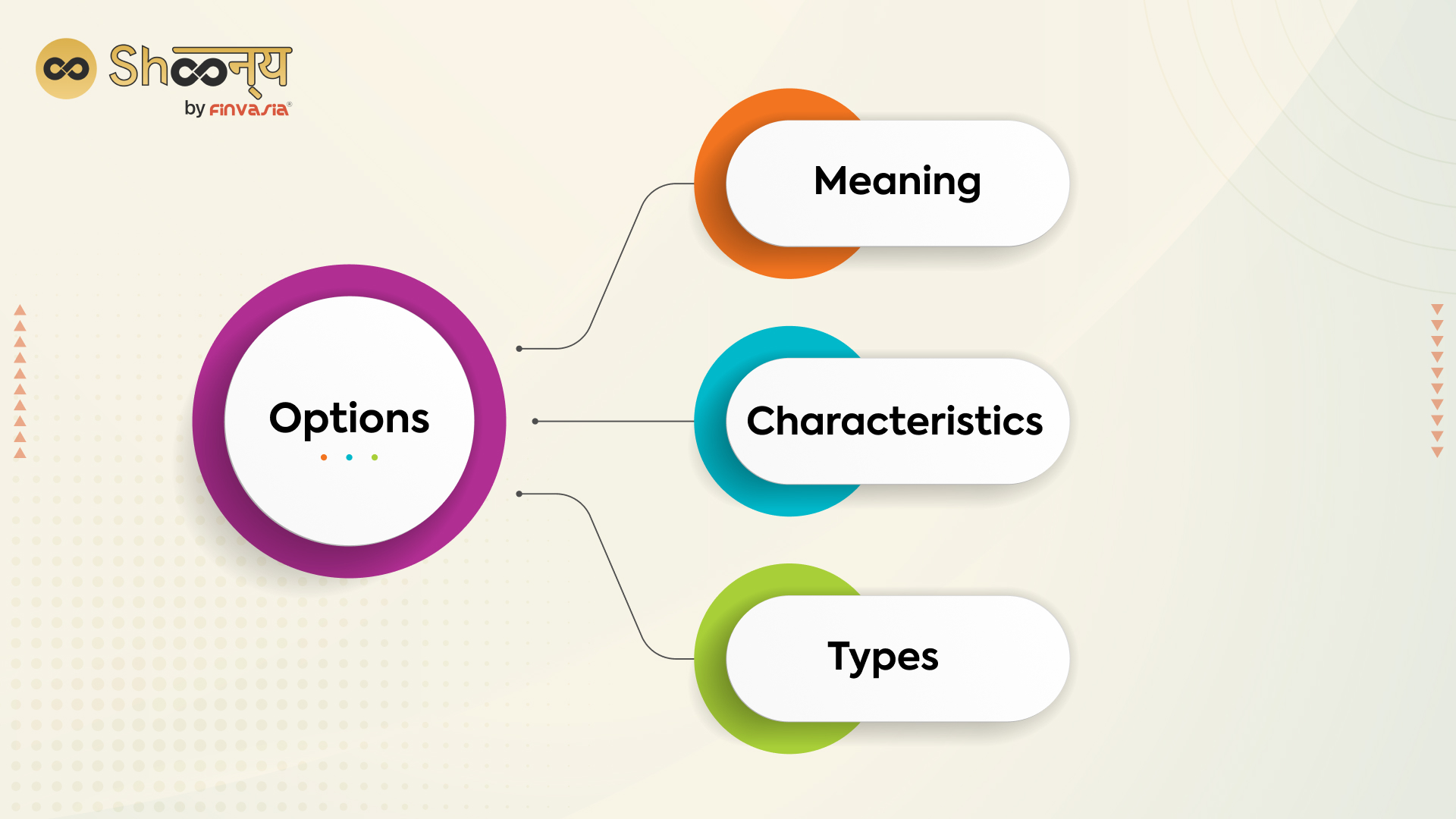Have you ever stumbled upon the term “options trading” and wondered what it entails? In the realm of finance, options trading holds a prominent place as a versatile tool that provides investors with immense flexibility. In this comprehensive guide, we’ll delve into the intricacies of options trading, unraveling its complexities and shedding light on its potential rewards—and risks.

Image: blog.shoonya.com
What are Options?
At its core, an option contract is an agreement that bestows upon its holder the right—not the obligation—to buy (call option) or sell (put option) an underlying asset at a predetermined price (strike price) on or before a certain date (expiration date). The underlying asset can be stocks, bonds, currencies, or even commodities like gold or oil.
As the name suggests, options give their holders an option, not an obligation. They provide the flexibility to capitalize on market movements without the necessity of actually buying or selling the underlying asset directly. This nuanced approach unlocks a wider array of strategies for investors, ranging from hedging against risk to amplifying potential returns.
Types of Options
The options trading landscape encompasses two primary types: calls and puts. Each serves a distinct purpose, catering to different investment objectives.
Call options grant the holder the right to buy the underlying asset at the strike price before or on the expiration date. These are typically employed when investors anticipate an increase in the asset’s value and seek to profit from that upward movement.
Put options, on the other hand, empower the holder with the right to sell the underlying asset at the strike price before or on the expiration date. These are often used when investors expect a decline in the asset’s value and aim to capitalize on that downward trend.
Basic Terminology
Understanding the vocabulary surrounding options trading is crucial for navigating this dynamic market. Some key terms to familiarize yourself with include:
• Strike Price: The price at which the underlying asset can be bought (call option) or sold (put option).
• Expiration Date: The date on which the option contract expires and becomes worthless.
• Premium: The price paid to acquire an option contract.
• Intrinsic Value: The value of an option contract when the underlying asset’s price is at or above the strike price (for call options) or at or below the strike price (for put options).
• Time Value: The portion of the option premium that represents the potential for the asset’s price to fluctuate before the expiration date.

Image: www.youtube.com
Strategies for Options Trading
Harnessing the power of options trading effectively requires a strategic approach. Investors can select from a diverse range of strategies tailored to their risk tolerance and investment goals. Some common strategies include:
• Hedging: Using options to offset risk in existing investments or portfolios.
• Speculation: Betting on the future price movement of an underlying asset to generate profit.
• Income Generation: Selling options to generate income from the premiums received and potentially benefitting from price stability in the underlying asset.
• Arbitrage: Capitalizing on price discrepancies in different markets to generate risk-free or low-risk profits.
Benefits and Risks
Options trading offers a host of potential benefits, including increased flexibility, enhanced return potential, and risk management capabilities. However, it’s imperative to be mindful of the risks involved as well.
• Leverage: The inherent leverage in options can magnify both potential gains and losses.
• Volatility: Options are highly sensitive to fluctuations in the underlying asset’s price. Market volatility can significantly impact the value of options contracts.
• Time Decay: The time value of an option diminishes as the expiration date approaches. This means that an option’s value can erode over time even if the underlying asset’s price remains unchanged.
Understanding these risks and employing sound risk management practices are paramount for successful options trading.
Options Trading What Is It

Image: tradebrains.in
Conclusion
Options trading is a sophisticated yet captivating domain that empowers investors to navigate market fluctuations and pursue their financial goals. By grasping the basic concepts, types, and strategies associated with options, investors can harness the immense flexibility and potential returns this market has to offer. Remember, exercising caution, evaluating risks thoroughly, and conducting diligent research are essential elements of a successful options trading journey. Embrace the nuances of options trading and unlock the gateway to expanded investment opportunities today.






